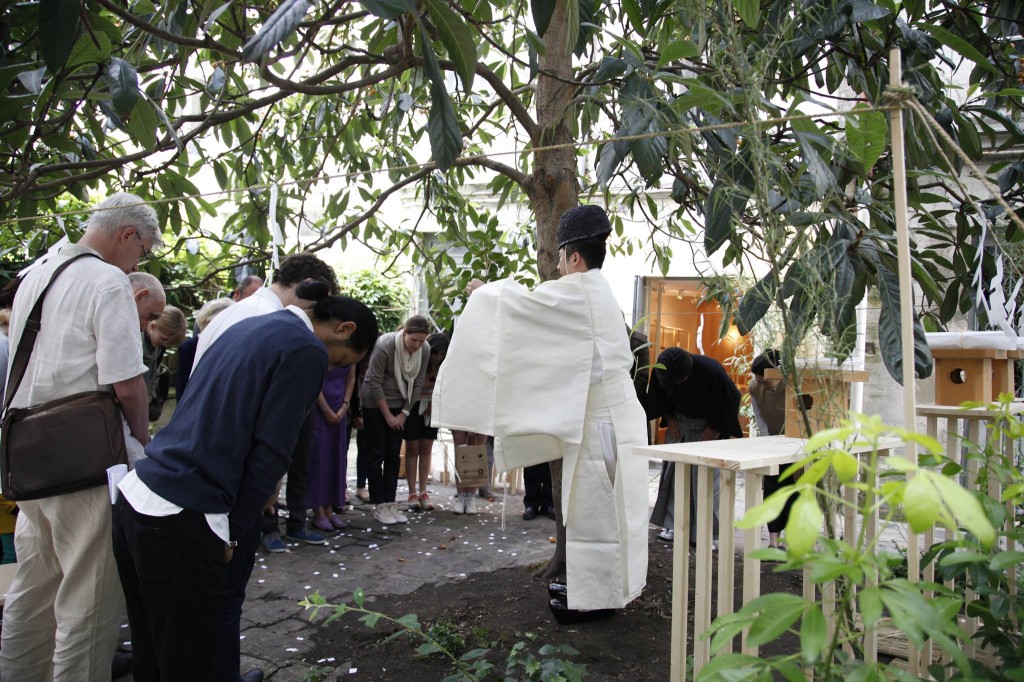
Shinto ceremony in the Latin Quarter of Paris (all photos courtesy of Claire Cocano, MIWA company)
Green Shinto has reported previously on the exciting new development in France, where Masatsugu Okutani is operating part-time as a Shinto priest (click here).
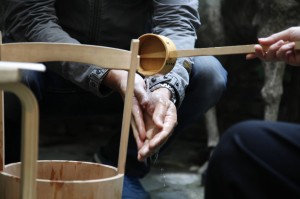
Hand washing prior to the ritual
Now he has sent us news of his first Oharae, which has taken place in the Quartier Latin in Paris. As can be seen in the photos, a temporary altar was set up under a tree before which there was a small gathering of people. One can presume this is a historic first, and Green Shinto is proud to be able to report history in the making! As the pictures show, this was a full Shinto ceremony in the open air of Paris, with hands being washed prior to the ritual and food being shared afterwards (known as naorai).
For 1300 years, writes Masatsugi Okutani, shrines have carried out the great purification ceremony called “Oh-harae (a ceremony specially named “Yo-Ori” for the emperor).
Here in Paris, on 30th of July from 3pm, Europe’s first “Oh-harae”, ceremony of great purification, was held on the last day of this year’s first six months. It was conducted in the courtyard of member’s club “MIWA”, which offers Ogasawara Ryu Reiho (the school of Ogasawara, founded early 14th century, practices “Origata”, the 700 years old Japanese art of wrapping gift packages).
About 25 members of the Miwa company as well as neighbours attended the ritual and purified themselves. Europe’s first Oh-harae was served in front of a small sanctuary at MIWA.
After the ceremonies finished, the attendants shared food made with the ingredients used for the ceremony such as saké, rice, vegetables, fish etc. Then a seminar was offered specially to explain Shinto, for instance there is no founder, no sacred scripture, no teaching and doctrine, no concept whether to believe or not to believe in Shinto, etc. There was also explanation as to why Shinto and Japanese culture give special importance to “Harae (i.e., purification and cleanness)”, and why nature is important for sanctuaries. Also how these are rooted deeply in Japanese culture even now, and how both “primitive” and “modern” can coexist in Japan today.
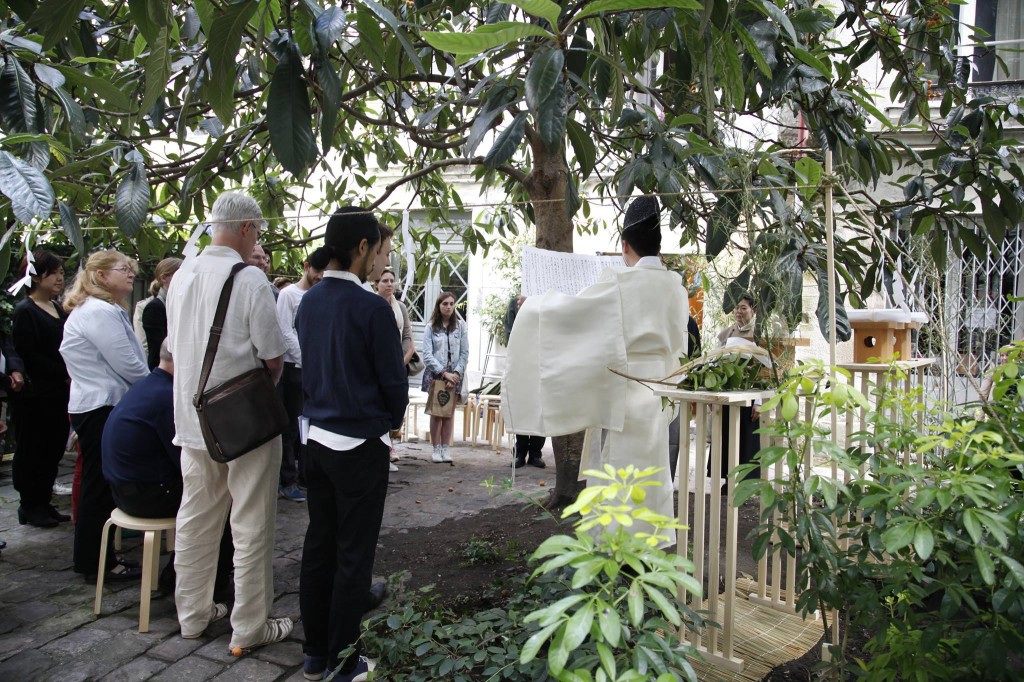
The recitation of the norito (prayer) in Japanese
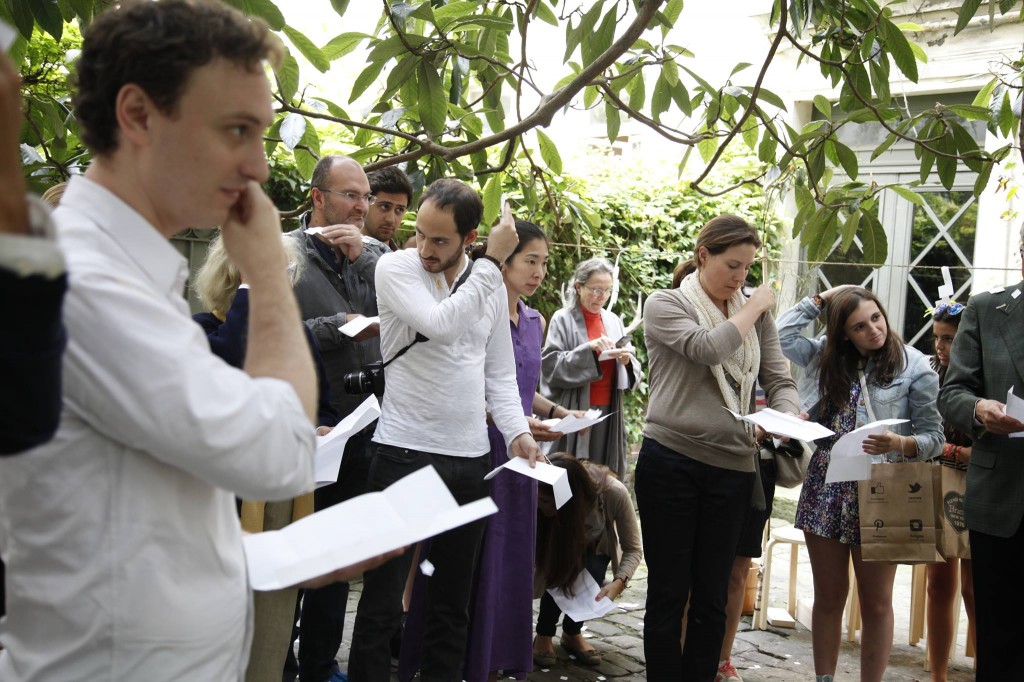
Participants wipe themselves with white paper to symbolically cleanse themselves of 'pollution'
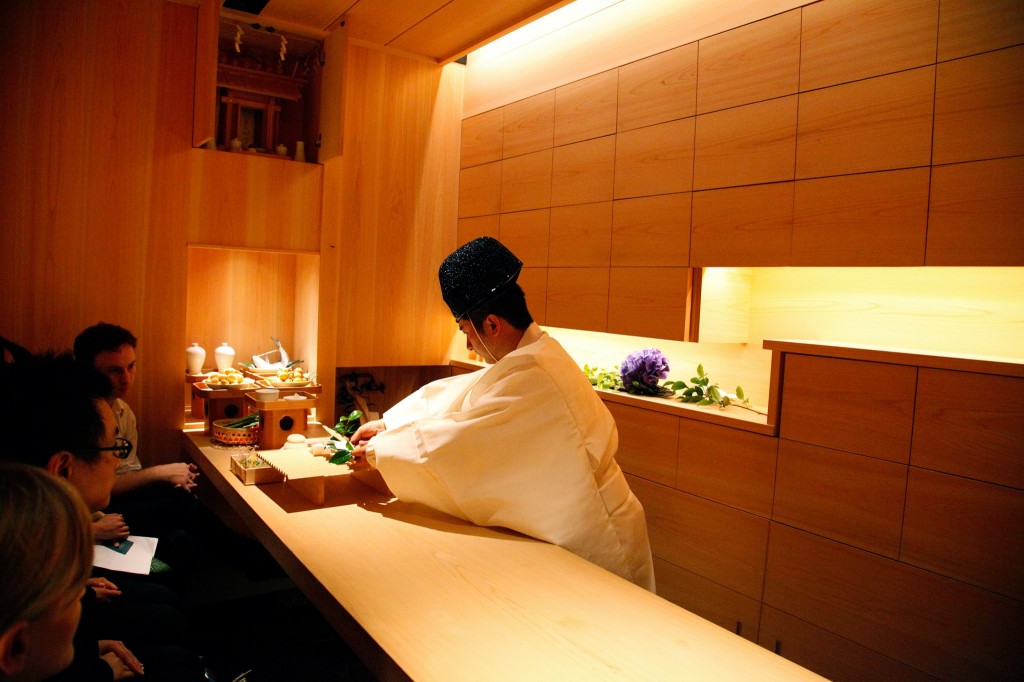
French delight! Japanese cuisine served personally by the priest.

Tres Bon!
graham australie